An estimated 5,000 tigers are kept as pets in the United States, compared to only 3,900 that still live in the wild. – Gitnux Report 2024
What is the pet trade?
The exotic pet trade refers to both the legal and illegal multi-billion dollar industry of breeding wild animals in captivity or taking them from their natural habitat to be sold and kept as pets.
Where do the animals come from?
Some animals are bred in captivity for sale. Others are captured in the wild.
If the species is not protected by legislation, an animal captured in the wild can be legally obtained. However, the demand for protected species is extremely high, frequently leading to poaching and other illegal trade activities.
Some wild-caught animals are labeled captive-bred to avoid protected species trade laws and regulations.
Wild cats sold as pets typically come from breeders, other private individuals, ranches, or zoos.
What happens when the animal is transported?
When the animal is transported to a new pet owner, pet store, or exotic animal auction, many will suffer and die in transit, especially animals captured in the wild.
What happens after they are sold?
Most owners of exotic pets lack the knowledge, financial ability, or space to properly care for their pets and meet their needs.
Many of these pets will either become sick or injured and die or end up being sent to a zoo or exotic animal sanctuary.
According to one report, the chances of a new exotic pet after being bought is just over 20%.
Wild cat ownership in the U.S.
An estimated 18.1 million exotic pets are owned in the United States, of which 20,000 are wild cats. Of the 20,000 wild cats, approximately 5,000 to 7,000 are tigers. There are more tigers in captivity in the U.S. than in the wild (CNN)
The new Big Cat Public Safety Act now makes it illegal to own or breed big cats privately. Big cat owners had until June 18, 2023, to register their cats.
The impact of social media on the exotic pet trade
Photos and videos of people with exotic animals often go viral. This makes wild animals look fun or glamorous to own. As a result, more people want them as pets. Some influencers use exotic pets to get more followers and likes.
How is the exotic pet trade harmful?
The exotic pet trade is considered a threat to the survival of many species, especially wild cats.
- Many animals die before reaching their buyer.
- Most exotic pets do not receive proper care.
- Removing wild cats from nature lowers their population.
- Captive animals often cannot breed successfully.
- Apex predators like wild cats play an important role in the ecosystem. Taking them away harms the balance of nature.
- Wildlife trafficking increases the risk of spreading new diseases to people and animals.
Legal gaps and enforcement problems
Even with laws in place, the exotic pet trade continues. Some countries have weak enforcement. Others lack the resources to stop poaching and illegal sales.
International laws like CITES (Convention on International Trade in Endangered Species) regulate trade in protected animals. But loopholes are common, and not all countries follow the rules.
Where do unwanted pets go?
Many end up in sanctuaries, but space and funding are limited. Some are left in backyards, abandoned in the wild, or euthanized (put to death humanely). Sanctuaries struggle to care for the animals already in their care.
Here is what some wild cat rescue and sanctuary organizations have to say about the extoic pet trade:
“The blurred line between legal and illegal trade has direct consequences for big cats living in captivity. Legal loopholes allow unscrupulous breeders to perpetuate a cycle of suffering by mass-producing exotic cats for roadside zoos and backyard enclosures. Cubs born in captivity are often used for cub-petting, only to be discarded or sold once they outgrow their usefulness. This creates a surplus of captive cats with no place to go—further fueling the cycle of exploitation.” – Source: Big Cat Rescue
“The exotic pet trade is second only to the billion-dollar trade in drugs. This trade causes more suffering for big cats than poaching and loss of habitat combined.” – Source: The Wildcat Sanctuary
“Lions Tigers & Bears is dedicated to providing a safe haven to abused and abandoned exotic animals and to inspiring an educational forum to end the exotic animal trade.” – Source: Lions Tigers & Bears
Research Quotes
“The staggering numbers of tigers and cheetahs being kept as pets in the US and Gulf States seem to suggest that owning an exotic feline is the new must-have accessory for the discerning homeowner. Apparently, having more of these majestic creatures lounging in suburban living rooms than roaming freely in their natural habitats is the latest trend.” – Gitnux
“Global demand for exotic pets is increasing, a trend partly caused by social media and a shift from physical pet stores to online marketplaces…Wildlife trade can have major negative consequences. It can threaten the wild populations from which animals and plants are harvested, and introduce novel invasive species to new environments. It can also lead to diseases transmitted from wildlife to humans and threaten the welfare of trafficked animals.” – phys.org

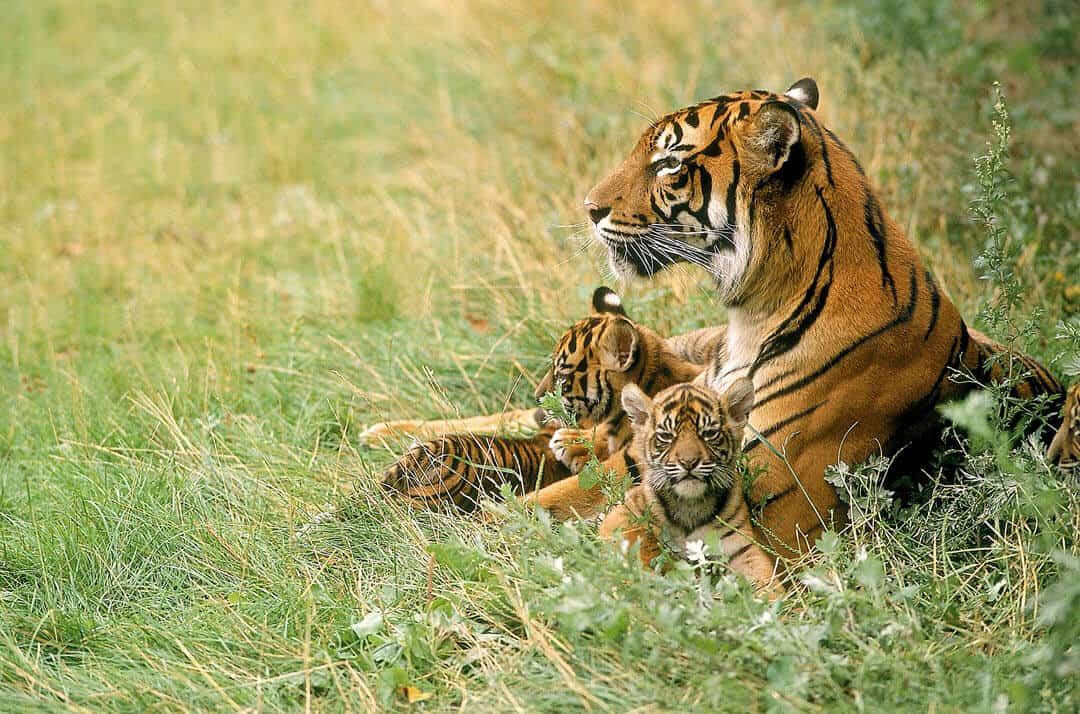

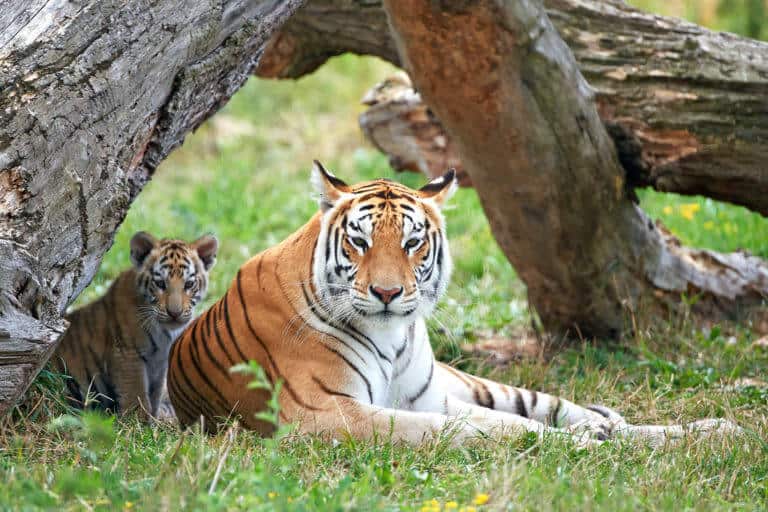

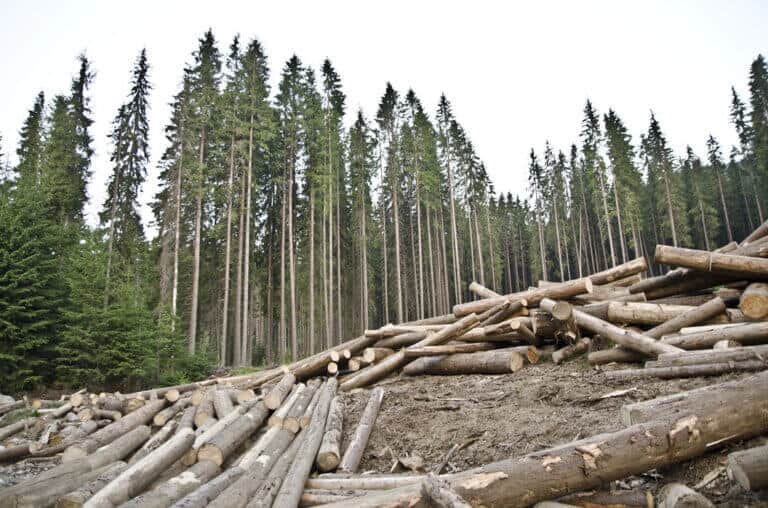
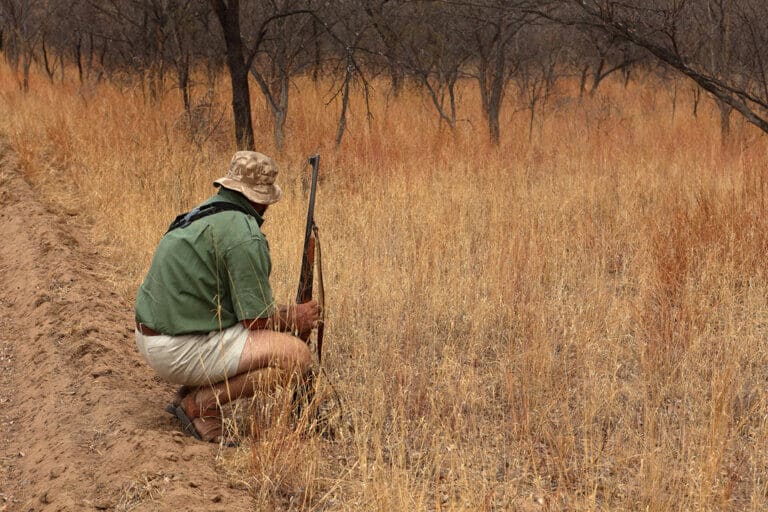
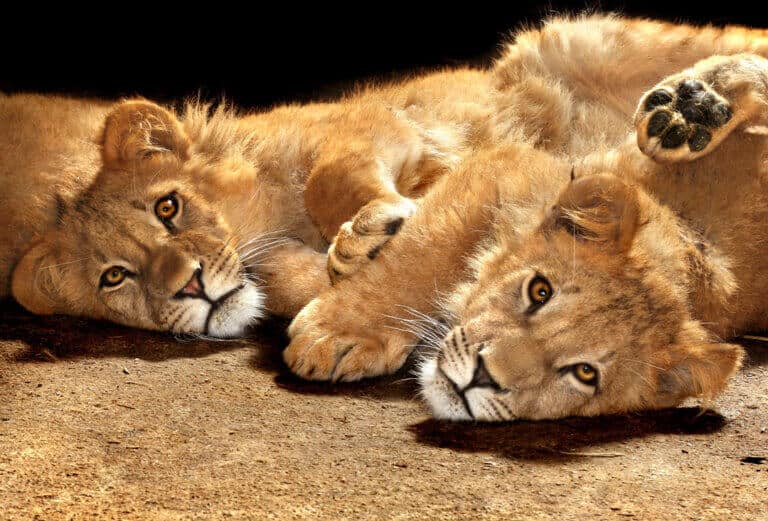
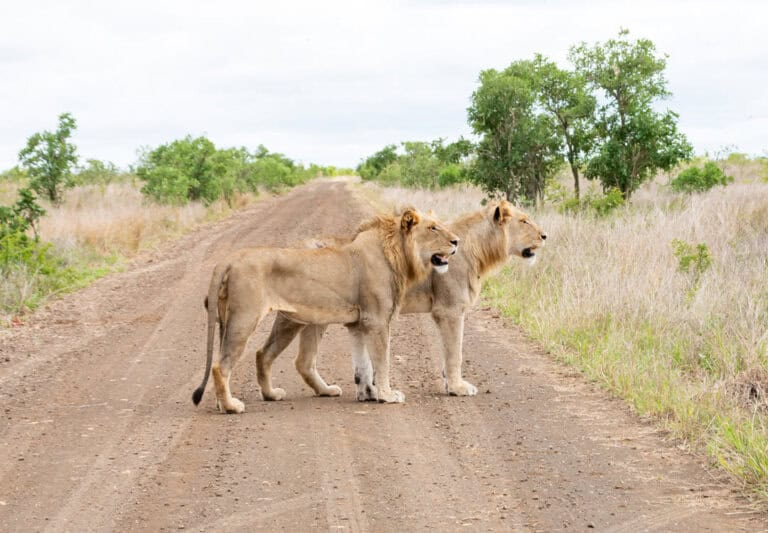




0 Comments